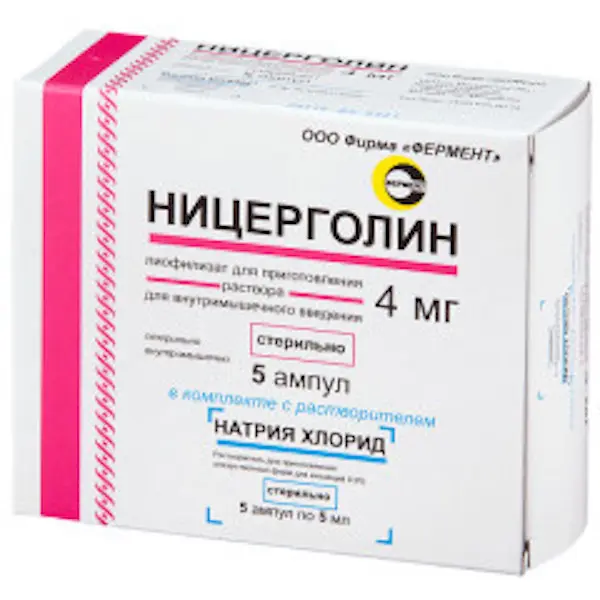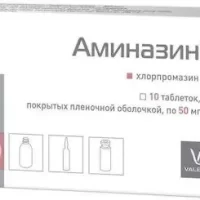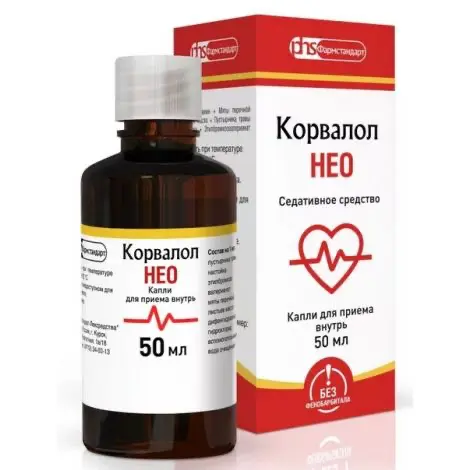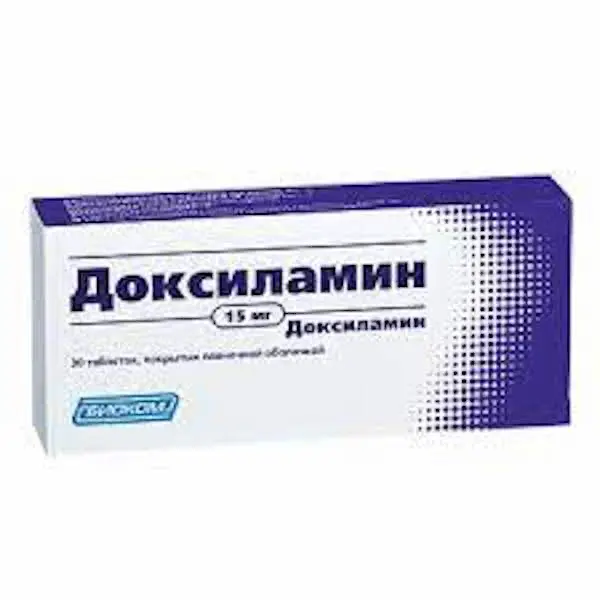Description
Nicergoline Pharmacodynamics
Nicergoline is a synthetic derivative of ergot alkaloids with an attached bromosubstituted nicotinic acid residue.
It has a vasodilator effect (including against the arteries of the brain). Improves microcirculation. The nicotinic acid residue contained has a direct myotropic spasmolytic effect on the muscle lining of resistance vessels, increases their permeability to glucose (leveling the opposite effect of the ergoline ring), which is most pronounced with respect to the vessels of the brain and limbs. Improves cerebral, pulmonary and renal blood flow, increases oxygen and glucose delivery. Improves blood flow in the extremities, especially in circulatory insufficiency due to functional arteriopathies.
Indications
Peripheral circulatory disorders.
Cognitive disorders in the elderly.
Contraindications .
Hypersensitivity, arterial hypotension, marked atherosclerosis of peripheral vessels, organic heart disease, myocardial infarction, angina pectoris, lactase deficiency, lactose intolerance, glucose-galactose malabsorption, pregnancy, breastfeeding, children under 18 years of age, acute bleeding, severe bradycardia, concomitant use with sympathomimetics (alpha- and beta-adrenomimetics).
Caution
Hyperuricemia or gout in the anamnesis and / or combination with drugs that disrupt metabolism and excretion of uric acid.
Dosage and administration
- The drug is dissolved in the attached 0.9% sodium chloride solution.
- Intramuscularly 4 mg 2 times a day.
- Intravenously: slow infusion – 4-8 mg per 100 ml of sodium chloride 0.9% solution for infusion; by prescription, this dose can be administered several times a day. Intra-arterially – 4 mg in 10 ml of sodium chloride solution for preparation of 0.9% solution for injection, the drug is administered within 2 minutes.
- Patients with impaired renal function (serum creatinine 2 mg/dL and more) are recommended to use the drug in lower therapeutic doses.
- It is recommended to use the drug solution immediately after preparation.
- The dose, duration of treatment and routes of administration depend on the severity of the disease. It is preferable to start with parenteral treatment with subsequent transition to oral administration.





